Retro Replay Review
Gameplay
Where delivers a straightforward yet surprisingly engaging gameplay loop built around pure exploration. As a first-person maze crawler, you guide your character through four color-themed levels, each connected by elevators that serve both as transitions and brief moments of reflection. The primary objective is simple: locate and catch a single balloon hidden somewhere within the sprawling corridors.
Controls feel tight and responsive, especially considering this title was developed solo in Dark Basic. Walking and strafing are mapped to the keyboard, while the mouse handles your view and the right button initiates a burst of speed—ideal for backtracking or making last-second dashes toward your airborne prize. The elevator sequences, though brief, break the pacing in a welcome way, offering a small respite before you dive back into the next hallway.
With no enemies, traps, or puzzles beyond spatial navigation, Where focuses entirely on the thrill of discovery. Players who relish the satisfaction of piecing together a level’s layout and uncovering its hidden passages will find the challenge compelling. That said, those seeking combat or variety may find the experience a bit too singular. It’s a slender adventure, but one that encourages close attention to detail and rewards patient exploration.
Graphics
Though crafted in Dark Basic by a solo developer, Where’s visuals maintain a clear and cohesive style. Each level is tinted in a dominant hue—crimson red, deep blue, vibrant green, or rich yellow—establishing distinct moods and helping players orient themselves within the maze. This chromatic simplicity keeps the environment from feeling cluttered, allowing walls, corners, and pathways to stand out clearly.
Textures and geometry are minimalistic, leaning toward clean lines and solid colors rather than intricate models or high-resolution art. While this approach may strike some as bare-bones, it actually serves the game’s exploratory focus: without extraneous details, your mind can concentrate on route-finding rather than environmental ornamentation. The end result is a smooth, low-stress visual experience that runs smoothly even on modest hardware.
At times, you may notice repeated wall patterns or slightly flat lighting, but these minor blemishes rarely detract from the overall experience. Instead, they reinforce the game’s indie charm—a clear reminder that Where is the labor of a dedicated individual, achieving more with limited resources through thoughtful design and consistent color palettes.
Story
Where forgoes a traditional narrative in favor of an abstract, almost meditative premise. There are no characters to meet, no lore entries to collect, and no cutscenes to interrupt exploration. Instead, the story emerges through design: the labyrinth represents a personal journey, the elusive balloon a singular goal that drives you forward. This minimalism can feel liberating, allowing players to project their own interpretations onto the silent corridors.
The balloon itself becomes a metaphor for curiosity and perseverance. Its gentle bobbing encourages you to take risks, retrace your steps, and examine every intersection. In a way, each level’s color scheme can be seen as an emotional backdrop—red for urgency, blue for calm reflection, green for growth, and yellow for anticipation. Though unsubtle, this chromatic storytelling grants the game an undercurrent of mood that replaces any spoken dialogue or text.
Accompanied by a soothing, ambient soundtrack, Where’s narrative presence resides almost entirely in atmosphere. Occasional musical swells punctuate your progress, providing subtle feedback as you near the balloon. This harmony between sound and space enhances immersion, suggesting there’s more to this simple maze than meets the eye—an unspoken testament to exploration as its own reward.
Overall Experience
Where is a concise, thoughtfully crafted indie experience that thrives on minimalist design and focused gameplay. Its singular objective—catch the balloon—is deceptively simple, yet navigating the multicolored maze offers genuine satisfaction. Fans of atmospheric exploration or puzzle-lite formats will appreciate the relaxed pace and clear visual cues.
The game’s brevity may be a drawback for players expecting dozens of hours of content, but there’s a distinct appeal in a self-contained adventure that can be completed in a single sitting. It’s ideal for anyone looking for a brief distraction without the commitment of a sprawling open world or complex narrative webs. The solo-developer origin shines through in every corridor, lending the project a unique indie identity.
Ultimately, Where succeeds by embracing its limitations. It poses no unfair obstacles, forgoes combat entirely, and asks only that you explore. If you value serene environments, simple mechanics, and the joy of discovery, this short but sweet maze game is well worth the modest investment. For those seeking a bite-sized journey that highlights the purity of exploration, Where is an impressive achievement from one dedicated creator.
 Retro Replay Retro Replay gaming reviews, news, emulation, geek stuff and more!
Retro Replay Retro Replay gaming reviews, news, emulation, geek stuff and more!
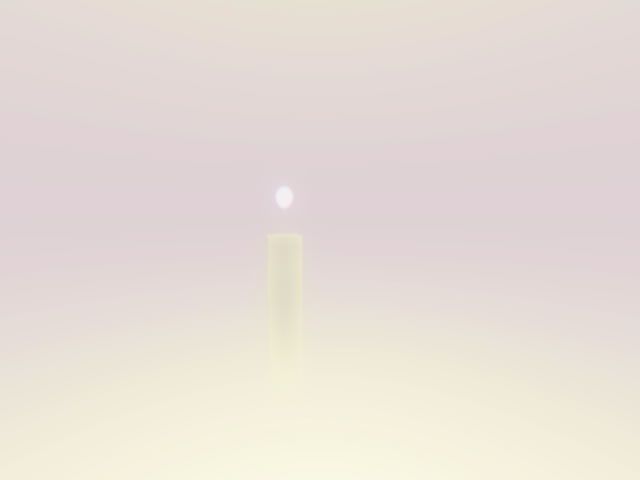
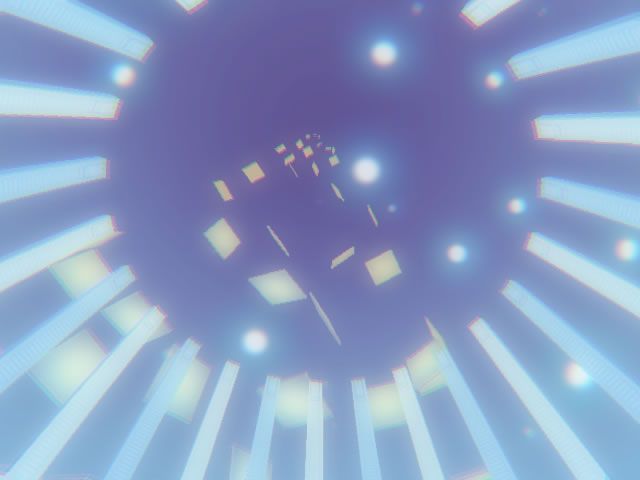
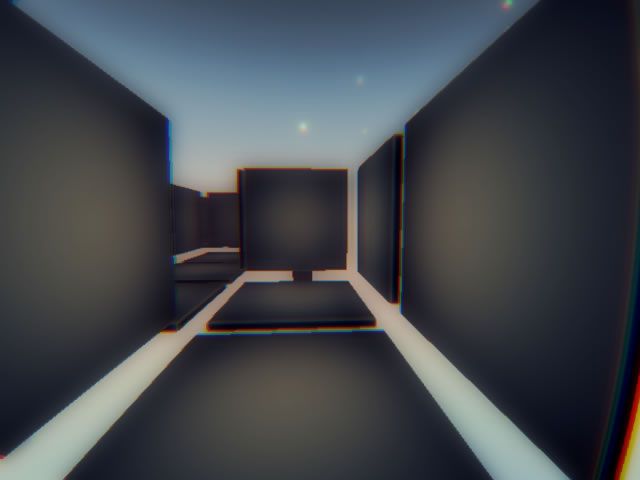
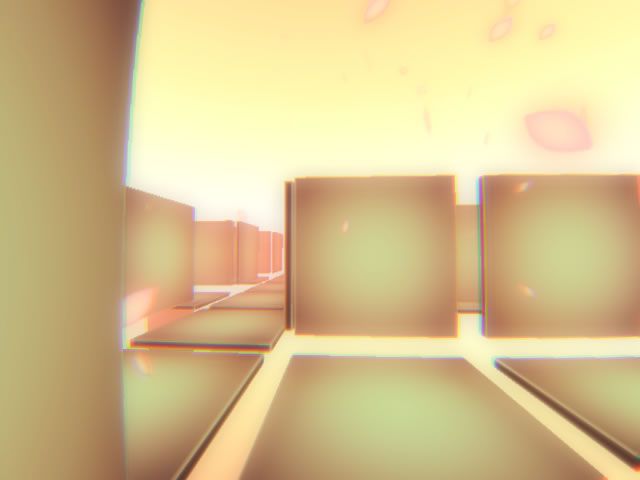
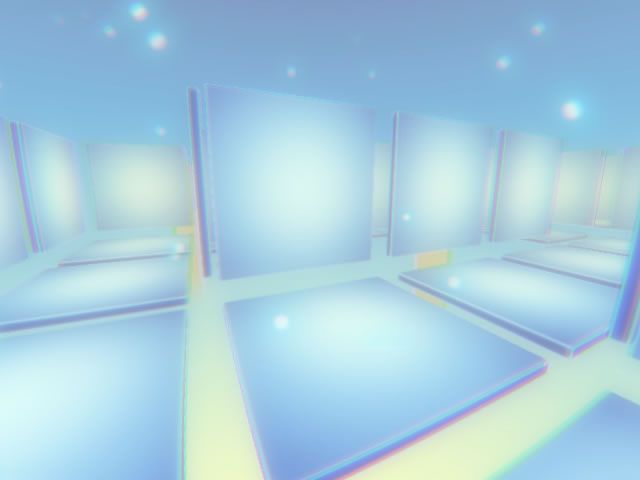
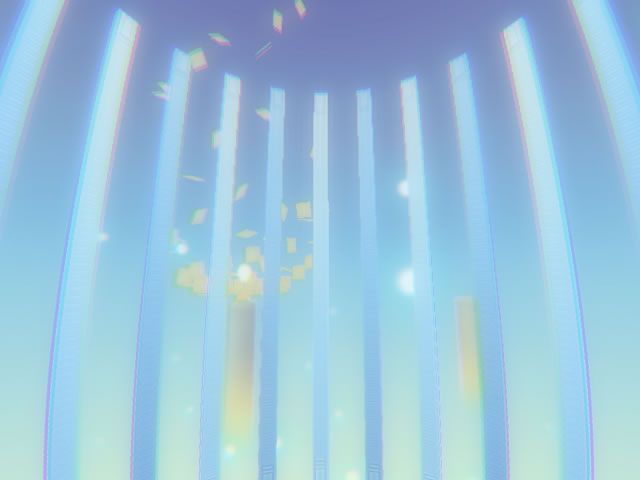



Reviews
There are no reviews yet.